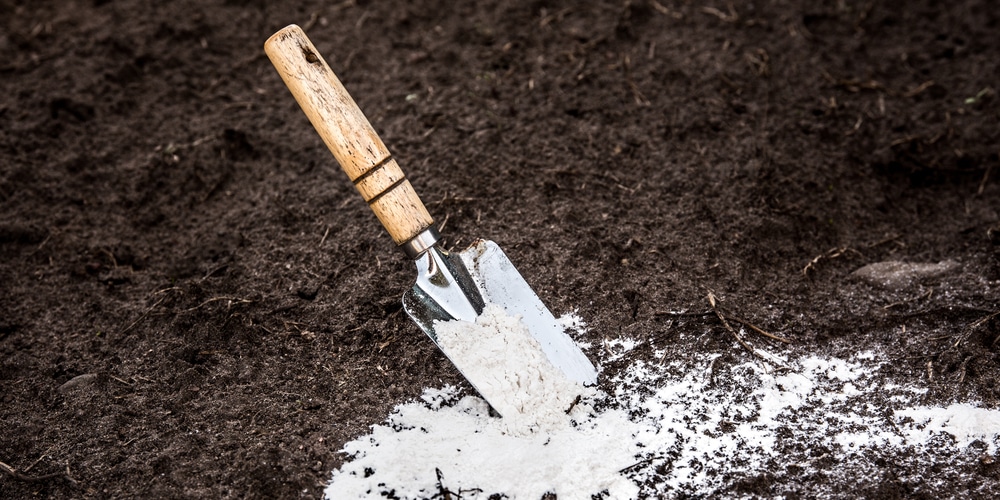These days, more and more people are growing their own fruit and veggies at home. It’s good for your wallet and good for the planet. To grow good quality plants that produce an abundant harvest, you should never underestimate the power of well-balanced soil. The quality or balance of nutrients contained within your soil and the pH levels can dramatically affect how your plants, vegetables, and lawn grows. Understanding your yard’s PH will help you determine when and if you should lime your yard.
Soil ph is critical to the growth and health of your lawn, garden, fruits and vegetables. Lime helps raise soil pH; if it’s too high, you might need to lower it with sulfur (here’s what lime does). Lime is an effective solution for improving acidic soil as it improves soil quality, greens the grass, and helps you grow a thriving lawn. It’s also beneficial for plants, trees, and vegetables while being gentle on the environment.
This article will answer two of the most common questions gardeners have about adding lime to their soil, ‘When to lime your yard,’ and ‘should you lime your yard?’
Should you lime your yard?
Whether or not you should apply lime to your soil depends on your soil’s pH range. Lime is a naturally occurring mineral that contains elements such as calcium, potassium, magnesium and phosphorous. While those minerals are essential for building strong bones in humans, they’re also good for building strong soil.
Lime has all kinds of benefits that will help your lawn stay healthy year-round: It helps break up hardpan clay soils to make them easier to work with.
This allows oxygen to reach plant roots which increases nutrient uptake from the soil. It also helps the grass to grow green and healthy and will help you produce a dense lawn that’s drought resistant and healthy.
You should only apply lime to your soil if you’ve tested the pH range and found that it is too acidic. A soil with a pH of around 5.0 is too acidic for grass to grow well. Many common weeds thrive in acidic soil, so you may need to use lime on your lawn if it’s full of weeds. Adding lime can help to change the pH range, making it more neutral (pH of 7). Weeds don’t do so well in neutral soils, and the grass will be denser and thicker, which means it’s more able to crowd out weeds. If you use lime without first testing your soil, you could end up making an already healthy soil more alkaline, which will cause the grass to turn yellow.
If you plan to plant grass seeds in your yard, it’s a good idea to test the pH of the soil beforehand. If the soil is acidic, you can add lime, then wait a couple of months before planting the seed. This will improve the quality of the earth and will help the young grass seedlings thrive.
When to lime your yard
Applying lime is relatively simple. It’s best used in the spring or fall, on moist but not wet ground, at a rate of 25 lbs per 1,000 square feet. To apply lime properly, you’ll need a spreader, but if you don’t own one, they are available for rental from most garden centers or big box home improvement stores.
On the other hand, lime doesn’t just alter soil pH; it changes the structure of clay soils by opening up hardpan layers to create pathways for water, air, and microorganisms. This allows grass and plant roots to grow deeper into the earth in search of nutrients, ultimately allowing them to feel better.
Conclusion
Lime is a naturally occurring mineral that contains elements such as calcium, potassium magnesium and phosphorous. Lime has all kinds of benefits; it can help improve the health of grass and fruit trees, shrubs, and vegetables.
While lime appears to have many benefits, you should only use it if you have acidic soil in your yard. Always test your soil before applying lime. If you over lime your yard or apply lime to the soil that isn’t acidic, there may be disastrous consequences.
Lime also helps break up hardpan clay soils to make them easier to work with. This allows oxygen to reach plant roots which increases nutrient uptake from the earth.
